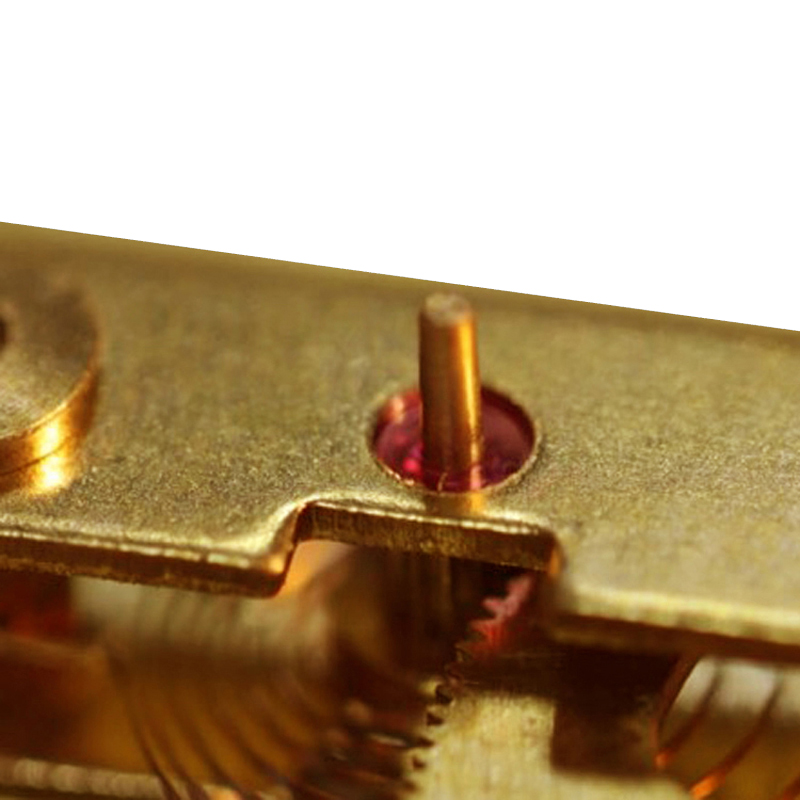
Oct . 11, 2024 14:32 Back to list
Diaphragm Pressure Gauge Applications and Maintenance Guidelines for Optimal Performance
Understanding Diaphragm Pressure Gauge Service Importance and Best Practices
Diaphragm pressure gauges serve a critical role in various industrial applications by providing accurate pressure readings for gases and liquids. These instruments are designed to translate pressure into a mechanical displacement, which can be observed on a dial or through electronic signals. Understanding their service and maintenance is essential for ensuring reliability and longevity.
What is a Diaphragm Pressure Gauge?
A diaphragm pressure gauge utilizes a flexible diaphragm, typically made from stainless steel, to measure the pressure of the media. When pressure is applied, the diaphragm deflects, and this movement is converted into a readable output through mechanisms such as levers and springs. These gauges are particularly effective for measuring relatively small pressures and for applications where corrosive media is present, as the diaphragm can be chosen from various resistant materials.
Importance of Diaphragm Pressure Gauge Service
The performance of diaphragm pressure gauges can significantly influence system functionality and safety. Regular service and maintenance are necessary for several reasons
1. Accuracy A well-maintained gauge ensures that pressure readings remain precise, which is vital for process control. Inaccurate readings can lead to inefficient operations, safety hazards, and additional costs.
2. Longevity Routine checks and maintenance can extend the lifespan of the gauge, preventing costly replacements and ensuring continuous operation.
3. Safety In many applications, particularly those involving hazardous materials, an accurate gauge is essential for safety. Malfunctions can lead to overpressure situations that may result in leaks, ruptures, or explosions.
4. Compliance Many industries are subject to regulations that mandate the use of properly functioning pressure gauges. Routine servicing ensures compliance with these regulations, avoiding potential fines and legal issues.
diaphragm pressure guage service

Best Practices for Service and Maintenance
To maintain diaphragm pressure gauges effectively, consider the following best practices
1. Regular Calibration Calibration should be performed at scheduled intervals to verify accuracy. The frequency of calibration may depend on the gauge's application and the critical nature of the readings.
2. Visual Inspections Conduct regular visual inspections to check for any signs of damage, wear, or corrosion on the gauge and diaphragm. Look for leaks or signs of improper installation that could compromise accuracy.
3. Cleaning Ensure that the gauge is free from contaminants. Depending on the application, media can sometimes leave deposits on the diaphragm or in the gauge mechanism, affecting performance.
4. Pressure Cycle Testing Subject the diaphragm pressure gauge to pressure cycle testing to assess its ability to respond accurately after experiencing varying pressure levels. This can help identify any issues with the diaphragm’s integrity or responsiveness.
5. Documentation Keep detailed records of all service activities, including calibration, inspections, and repairs. This documentation is valuable for compliance purposes and helps identify trends that may indicate potential problems.
6. Replacing Worn Parts Any worn or damaged components, particularly the diaphragm itself, should be replaced promptly to restore functionality. Using original manufacturer parts can help ensure compatibility and reliability.
Conclusion
Diaphragm pressure gauges are indispensable tools in many industrial processes, requiring careful attention to ensure they operate correctly. By implementing a robust service and maintenance program, organizations can enhance the accuracy, safety, and longevity of their diaphragm pressure gauges. Regular calibration, inspections, and proper documentation are critical steps in safeguarding both the equipment and the broader systems they serve. Investing in the maintenance of these essential instruments not only improves operational efficiency but also ensures a safe working environment for personnel.
-
High-Precision 5 Valve Manifold Differential Pressure Gauge Suppliers
NewsApr.29,2025
-
High-Precision Diaphragm Vacuum Pressure Gauges Manufacturers & Quotes
NewsApr.29,2025
-
Omega Differential Pressure Gauges High Accuracy & Durability
NewsApr.28,2025
-
Low Pressure Differential Pressure Gauges Precision Solutions & Quotes
NewsApr.28,2025
-
Digital Diaphragm Pressure Gaauge Precision Measurement & OEM Quotes
NewsApr.28,2025
-
Differential Pressure Gauge China Price High-Accuracy & Best Quotes
NewsApr.28,2025
